It’s an existential question the rapid grocery sector players are increasingly asking themselves: when is a dark store not a dark store?
The latest to turn on the lights within its micro fulfilment centres is Deliveroo Hop – the quick-commerce arm of Amazon-backed Deliveroo – which this afternoon opened a new site in New Oxford Street to the public.
The site is a dark store. Orders will be picked and packed by associates behind the scenes and dispatched by waiting couriers for delivery “within minutes” to local residents and office workers. But it’s also a store store, of sorts.
The location can also be used by walk-in customers to collect their app orders from a front desk. Orders can also be made on a bank of kiosks – a la McDonald’s – for it to be put together while you wait.
Pundits are already calling it “like Argos for groceries” – and they’re not far off the mark.
Deliveroo Hop is not the first quick-commerce player to make such a move. If anything it’s quite late to the game. Gorillas, Getir and Gopuff all have walk-in dark stores of similar set-ups, some even boasting coffee shops. Smaller player Nippy is launching stores where pickers and customers browse the same shelves.
“Where I’m from, we call this thing a store,” commented one industry player.
It seems at first an odd move. Delivery, and fast, is the raison d’être of rapid grocery, after all.
But for the still-struggling sector, it makes sense. Maximising sales, while minimising courier costs, is crucial in the path to profitability. Increasing order volumes, and cutting out the delivery part completely – the overheads of a dark store versus just a collection store are similar – is great for the balance sheet.
Read more:
-
How will the rapid delivery dark store backlash hit the UK?
-
Deliveroo’s rapid service Hop partners with food waste app Too Good To Go
-
Iceland rolls out Uber Eats delivery to another 675 stores
There are other reasons, though. Across Europe there is growing dissatisfaction with faceless dark stores moving into city centres (and all the loitering mopeds and truck deliveries they bring). It’s something Deliveroo is keen to avoid, telling The Grocer that “being a good neighbour is hugely important”. And it’s won the support of local businesses, with the CEO of the area’s business group Central District Alliance calling it a “great enhancement to revitalising our high streets”.
In Deliveroo’s case, it’s also a savvy marketing move. The Hop store is undoubtedly an attractive retail spot and the only open-to-the public Deliveroo space.
“The Deliveroo Hop store is exactly what I’ve been wanting Deliveroo to open,” says industry commentator Brittain Ladd. “The store provides great marketing for Deliveroo, increases their brand awareness, and provides an excellent business model for meeting customer demand.”
There are many that consider rapid grocery’s move to accept walk-in customers as a sign the model is failing. A “desperate move”, said one industry insider. Another found “the idea to be quite laughable” and which defeats the point of a dark store.
“Once you allow customers in, you just revert back to being a traditional retail store with a delivery component (which is far from new),” they said.
But Deliveroo Hop’s first store could prove otherwise. The execution counts. It’s been designed with the consumer experience in mind from inception, as opposed to a dark store with a front desk installed later. It’s in a very prime retail spot – rather than the under-the-arches (ie low-footfall areas) dark stores are usually placed. And its dark store operations are kept more behind the scenes than is typical, without the waiting couriers to navigate around on entry.
Argos for grocery isn’t such a ridiculous idea. The rapid sector has, through necessity – and some might say accidentally – created a highly promising new channel.







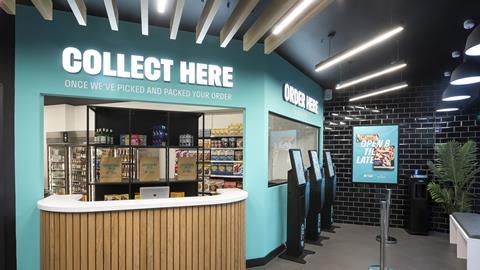
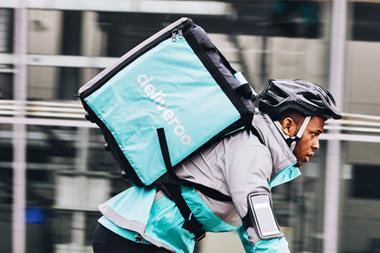


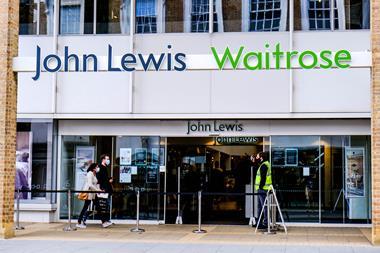

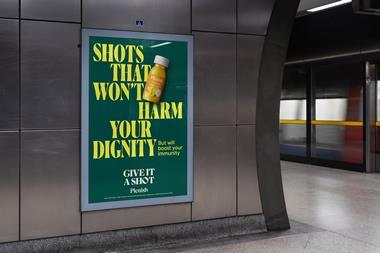
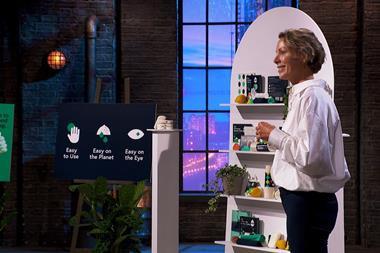

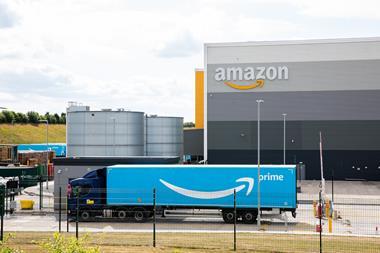
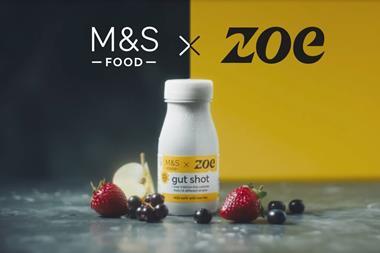
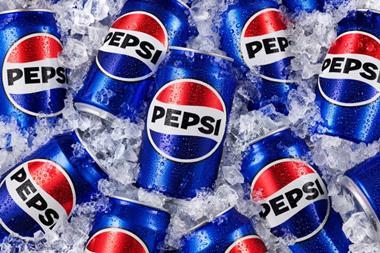
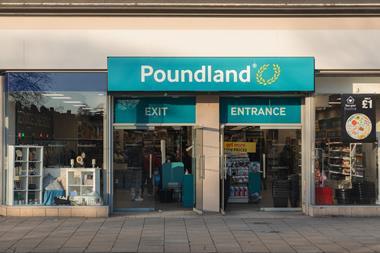
No comments yet